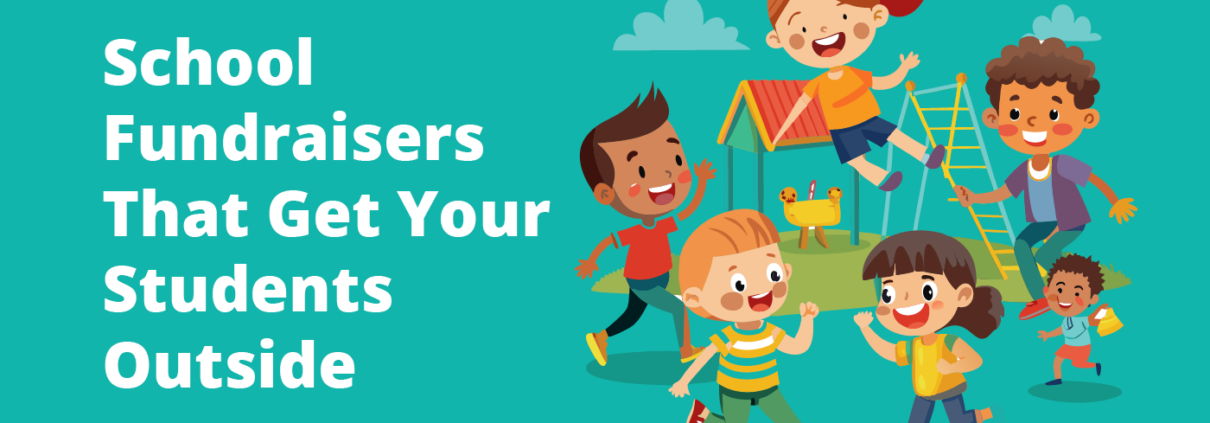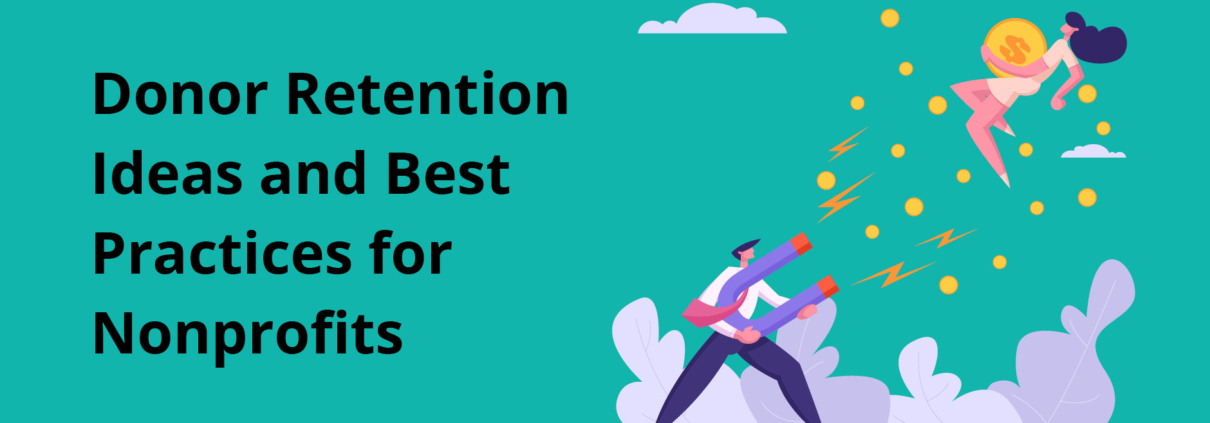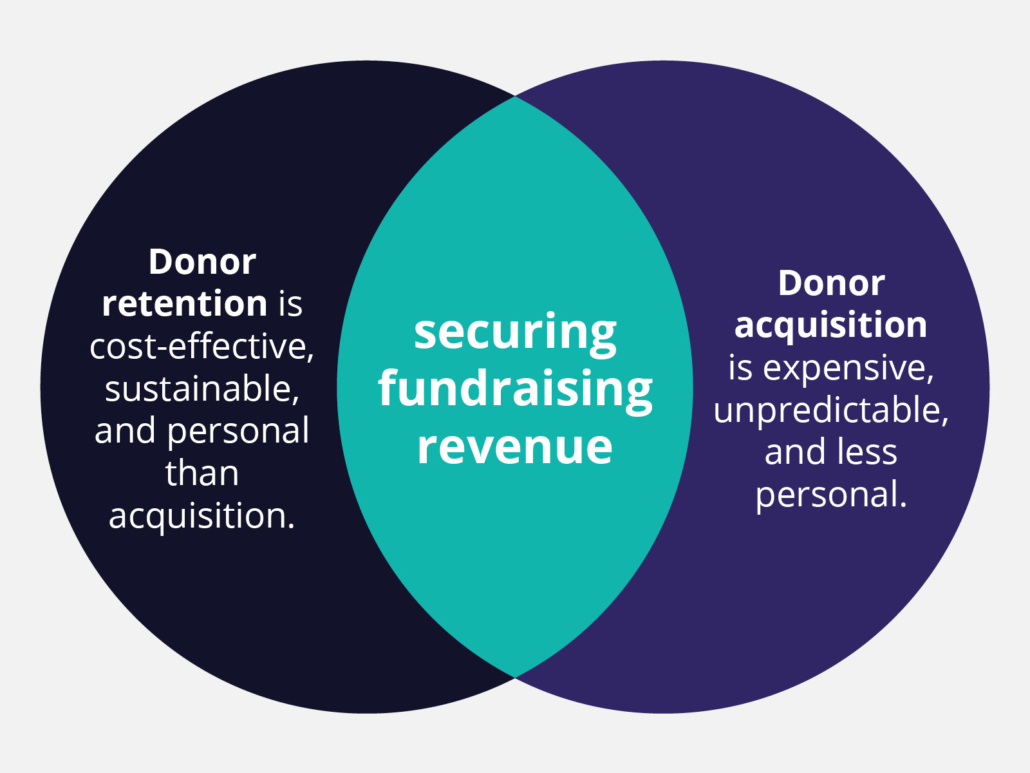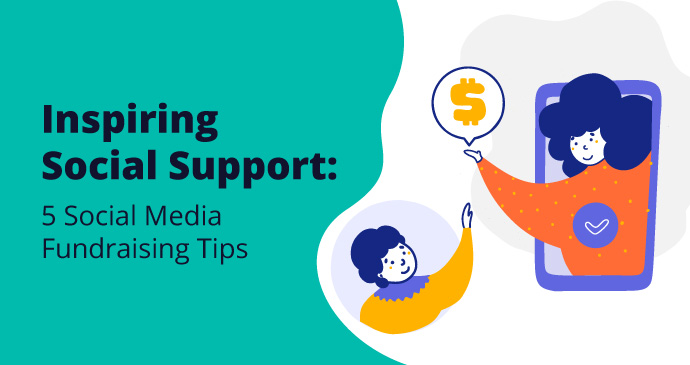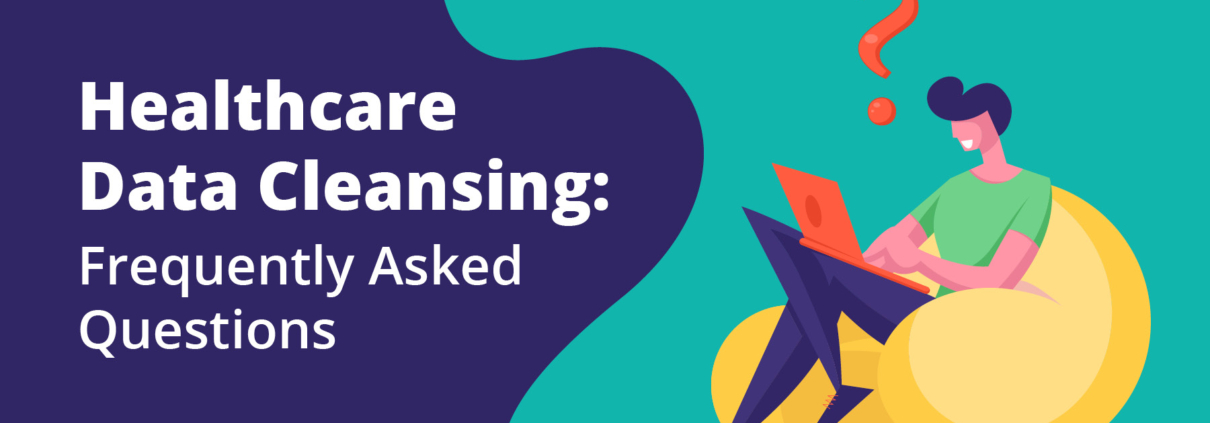3 School Fundraisers That Get Your Students Outside
By the end of the school year, students are ready to get outside for summer vacation. But for many student organizations and sports teams, work doesn’t end when classes do.
If you’re a football coach or player’s parent, for example, you know that summer is when the team buckles down to train for the next fall season. You’re likely relying on last season’s leftover funds to cover the expenses your team incurs during this time (e.g., paying for new uniforms and equipment). You may consider starting a campaign to raise additional funding, but it can be difficult to compete with the excitement of summer break.
This year, why not be prepared for these costs by choosing an engaging fundraising idea for the summer season? Let’s explore a few important best practices for holding fundraising outdoors, along with some fun ideas to try out.
What are some best practices for outdoor fundraisers?
There are some unique elements of outdoor fundraisers to consider before starting your campaign. Factors like weather can impact how you plan the event as well as the fundraising methods you choose. To ensure your event is a success no matter what happens outside, here are some things to consider when planning:
- Keep the weather and venue in mind. Outdoor events force you to surrender control of certain elements (like the temperature). Obviously, your team should avoid scheduling the event on days that are likely to be extremely hot or prone to storms. However, weather is not always predictable, especially during warmer months. In the event that temperatures exceed safe limits or rain is expected, be prepared with an alternative plan like having tents, a secondary location, or a backup date ready.
- Choose age-appropriate activities. Children of different ages will be interested in different kinds of activities. For example, an elementary school student might enjoy a short scavenger hunt while a high schooler would prefer a challenging sports tournament. Plan a variety of kid-friendly fundraising ideas and tailor activities to different age groups to ensure everyone can participate.
- Use a fundraising platform. When your team uses a fundraising platform, supporters can donate online before the event so they don’t need to wait in registration lines at the fundraiser. Additionally, your team won’t need to worry about collecting cash or checks during the event. This adds a layer of financial security as there is no risk of a cash donation blowing away or getting rained on.
- Prioritize safety. When events take place outdoors, there are more variable factors at play to impact safety–particularly heat. If you are holding a physically demanding event like a sports tournament or race, make sure to have plenty of water, snacks, and shade available. If food will be present, adhere to proper food safety procedures during preparation and storage.
In addition to these special considerations, be sure to follow traditional fundraising best practices. To generate excitement and attract attendees, market the fundraiser ahead of time. And as always, thank and recognize your donors and volunteers with thank-you cards or emails.
3 Outdoor Fundraisers for School Groups
There are a myriad of fundraising event ideas to choose from, but outdoor school fundraisers have the potential for greater creativity. Choose a fundraising idea that your team will love and that your community will want to engage with. Keep in mind that as a school-affiliated organization, parents will make up the largest portion of your volunteer base. So, avoid choosing fundraisers that will require unreasonable amounts of time and effort.
1. Charity Race
A charity race, 5K, or marathon is one of the most traditional, classic outdoor fundraisers. Don’t shy away from these tried-and-true fundraisers—just because something is traditional doesn’t mean it isn’t engaging and effective.
The best part about holding a charity race is that they can easily be adapted to various age groups and fitness levels. Here are three different types of races your team can organize to appeal to distinct audiences:
- Walk-a-thon. A walk-a-thon is similar to a traditional 5K, but instead of running, participants are encouraged to walk. Because it is stroller-friendly, this idea is great for younger children and families. To get the whole family involved, encourage them to bring leashed pets along, too.
- Fun run. Double the Donation defines a fun run fundraiser as “a type of peer-to-peer fundraiser in which participants sign up to run, collect pledges, and earn donations for each mile (or other specified unit of distance) they run.” Your team will need to choose a route, date, and time as well as a fun theme. For example, you might choose a superhero theme and encourage runners to dress up in athletic attire inspired by their favorite heroes.
- 10K or half marathon. A longer, more intense race is best for experienced runners and older students (i.e., those in high school). To get more community involvement in your race, advertise it using posters or flyers inside local businesses. Additionally, your team could partner with nonprofits in your area to pool your supporter bases.
There are no hard and fast rules around who can participate in which type of race. For example, your high school cheerleading squad might prefer a walk-a-thon to a 10K. The most important thing to consider is whether your team members and supporters would enjoy and engage with the fundraiser.
2. Picnic or Barbecue
When you imagine the perfect summer evening, what comes to mind? For many, it’s backyard barbecues, ice cream, and lemonade. Your team can take advantage of the nostalgia and comfort of a picnic or barbecue for its next fundraiser.
When planning one of these events, follow these steps:
- Choose a date, time, and venue (e.g., a local park, picnic pavilion, or school playground).
- Determine how you will fundraise, either by charging for entry or per food item.
- Decide how you’ll serve the food—for example, will you host a potluck-style or catered event?
- Start marketing your event using digital channels as well as printed promotional materials like flyers.
- Purchase plenty of supplies, like plates, cutlery, cups, tablecloths, blankets, and, of course, food.
- Set up blankets and tables for all of your guests.
- Host the event and have fun!
If your team decides to prepare food onsite or in advance, be sure to strictly follow all food safety guidelines. Make sure to have coolers and ice available to keep food at the proper temperatures, and ensure all foods are cooked thoroughly to keep your guests safe.
3. Sports-Themed Fundraisers
If your group is a sports team, you already have a built-in, cohesive theme to follow for your fundraisers. Your supporter base will already be familiar with the sport, and they’ve shown that they’re interested in supporting your team financially by purchasing merchandise or tickets to games.
For example, 99Pledges’ guide to sports fundraising ideas recommends organizing a sports camp in which team members can learn from professional athletes and practice new skills. If you coach a high school soccer team, this could be a great opportunity for your team to prepare for the upcoming season and bond with each other.
There are many other ways to incorporate the sports theme into your fundraiser, even if you don’t want to center the entire event around your sport. For example, if you hold an outdoor bake sale in tandem with a summer carnival, you could sell soccer-themed cookies and other treats. Your team’s sport can play as big or small a role in the fundraiser as you like, but it can serve as a helpful reminder to show donors what they’re supporting.
While choosing to hold your fundraiser outside can introduce new challenges, it will make for an engaging, unique experience that your supporters will remember for years to come. No matter which event you choose, remember to always have a backup plan, whether that’s a secondary location or an alternative date. And finally, make sure that your participants, donors, and volunteers know you appreciate them and their hard work.
